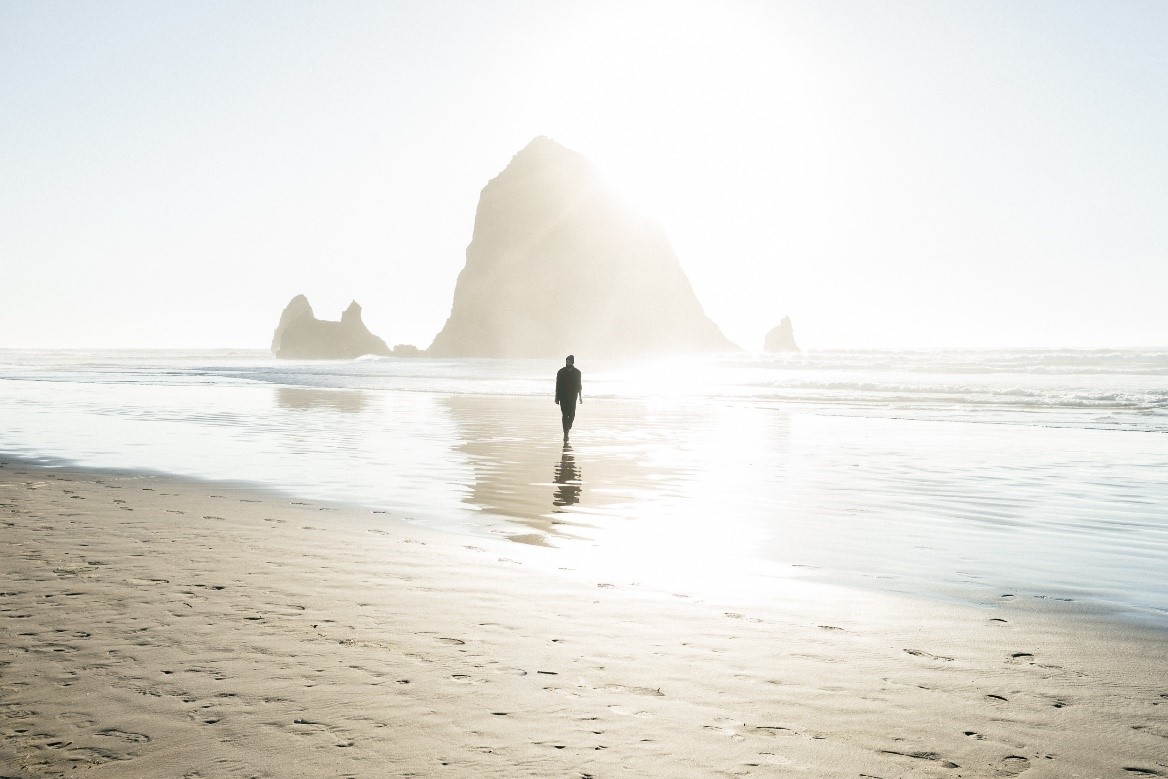 There is an old adage that says one should only eat shellfish in months that contain an “R” in their spelling. Applying this would indicate that from May through August shellfish are off limits. The truth is that shellfish are generally only dangerous when there is a significant algae bloom. Algae tends to be more profligate in the summer, when the water is warmer. A red tide is a good example of this. For the Pacific Coast, the algae bloom that began the spring of 2015 is a practical example. The perfusion of algae that bloomed off Vancouver Island in Canada and then swept down the coast multiplying in the increasingly warm water as it went south with the Humboldt Current caused much of the shellfish and crustacean harvesting to be cancelled in Washington, Oregon and California. Along the coast the algae that was eaten by shellfish and crabs formed much higher than normal levels of Domoic Acid.
There is an old adage that says one should only eat shellfish in months that contain an “R” in their spelling. Applying this would indicate that from May through August shellfish are off limits. The truth is that shellfish are generally only dangerous when there is a significant algae bloom. Algae tends to be more profligate in the summer, when the water is warmer. A red tide is a good example of this. For the Pacific Coast, the algae bloom that began the spring of 2015 is a practical example. The perfusion of algae that bloomed off Vancouver Island in Canada and then swept down the coast multiplying in the increasingly warm water as it went south with the Humboldt Current caused much of the shellfish and crustacean harvesting to be cancelled in Washington, Oregon and California. Along the coast the algae that was eaten by shellfish and crabs formed much higher than normal levels of Domoic Acid.When Domoic Acid is consumed by humans in large quantities it can be fatal. It is a kainic acid analog neurotoxin that causes amnesic shellfish poisoning (ASP). Obviously not a good thing. However, as many already know, each state runs regular tests for this toxin and many others to ensure that commercially available and recreationally caught shellfish and crabs are safe to eat. While everyone should take care when eating any food to ensure it is safe, one can rely on our regulatory agencies to ensure that the shellfish the restaurant is serving was safe to eat when it was caught or harvested.
In addition to the risk of toxins, there is was a practical reason why oysters, specifically, were not eaten in the summer months. Every species must reproduce. That process changes every organism during that period of their life. When oysters spawn, either male or female, the composition and texture of their flesh changes. They get ‘mushier’ and loose much of their flavor. As a result, they are not nearly as enjoyable to eat.
The oyster farming industry, to be both more efficient and to cure this challenge have created strains of oysters that are not able to breed. As a result, their flesh remains firm year around. Called ‘triploids’ they have three sets, instead of two sets (called a diploid), of chromosomes. This change results in an organism that is unable to breed. Triploids are common in many farmed sportfish like Salmon and Trout. The other advantage of Triploids is that they grow faster, can be engineered for their specific purpose; but, because they do not reproduce they are unable to change the genetics of the wild populations around them. Think of them as the perfect neighbor. They never compete for your friends, they are clean and tidy and don’t stick around for long.
At the Shelburne we focus our efforts on local, sustainable food. We are developing a unique offering of the best oysters from the Willapa Bay. Because the growers use triploids we are able to offer you a wonderful experience year around.
Please remember one thing: you should always check with the State Regulatory Agencies to ensure that shellfish is safe to eat before you consume it. This is the link in the State of Washington: https://fortress.wa.gov/doh/eh/maps/biotoxin/biotoxin.html
